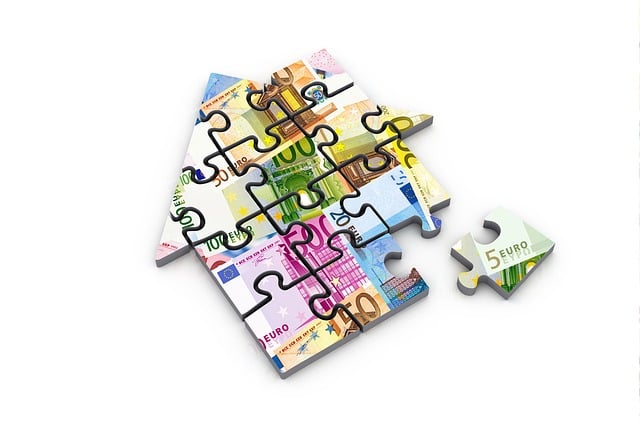Personal Loan Consolidation is a strategic move for homeowners aiming to simplify high-interest debt. By securing a new loan using home equity, borrowers can pay off multiple personal loans and credit card debts with lower monthly payments and a fixed interest rate. However, this carries significant risk—defaulting could result in the loss of one's home. Before proceeding, thorough financial assessment and understanding of consolidation loan terms are crucial to ensure it's the right decision.
“Consider homeownership consolidation through personal loan consolidation? This strategy allows you to combine multiple high-interest debts, including home loans, into a single, lower-interest loan secured by your equity. By doing so, you can enjoy significant benefits like reduced interest rates, simplified payment schedules, and even cash-out options for home improvements. However, it’s crucial to weigh the pros and cons before diving in—from credit score requirements and available equity to potential overextension and hidden fees.”
Understanding Personal Loan Consolidation
Personal Loan Consolidation involves combining multiple debts, often credit card balances and other high-interest loans, into a single loan secured by your home. This approach simplifies repayment by reducing the number of payments you need to make each month. It can also lower your overall interest rate, saving you money in the long run. However, this type of consolidation comes with risks—if you default on the new loan, you could lose your home.
Before deciding, homeowners should carefully consider their financial situation and evaluate whether the benefits outweigh the potential drawbacks. Personal Loan Consolidation can be a strategic move to gain better control over finances, but it’s not suitable for everyone. Understanding the terms and conditions of the loan is crucial to making an informed decision.
– Definition and how it works
Personal Loan Consolidation is a financial strategy where homeowners take out a new loan to pay off multiple existing personal loans, credit card debts, or other high-interest debt obligations. This approach allows borrowers to simplify their repayment process and potentially reduce their overall interest costs. By consolidating these debts into one new loan secured by the homeowner’s equity (usually their home), they can enjoy lower monthly payments and a fixed interest rate.
The process involves applying for a new personal consolidation loan, which is then used to repay the outstanding balances of the existing debts. The lender determines the loan amount based on the available equity in the home and the borrower’s creditworthiness. Once the new loan is approved, the borrowed funds are distributed to settle the various debt accounts, effectively combining them into one manageable repayment stream. This method can offer significant financial relief by streamlining debt payments and potentially saving money over time through lower interest rates.
Personal Loan Consolidation can be a powerful tool for homeowners looking to simplify their debt management. By securing your home, you can access lower interest rates and consolidate multiple loans into one manageable payment. However, it’s crucial to weigh the benefits against potential drawbacks, such as increased risk of foreclosure if repayment is missed. Understanding both pros and cons will help you make an informed decision about using a homeowner consolidation loan.
